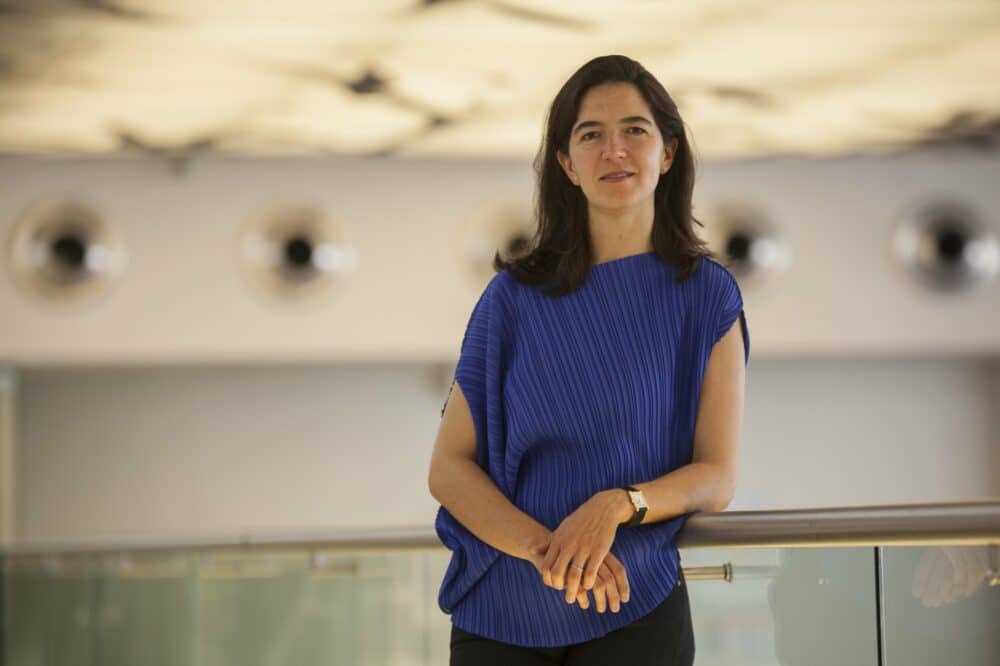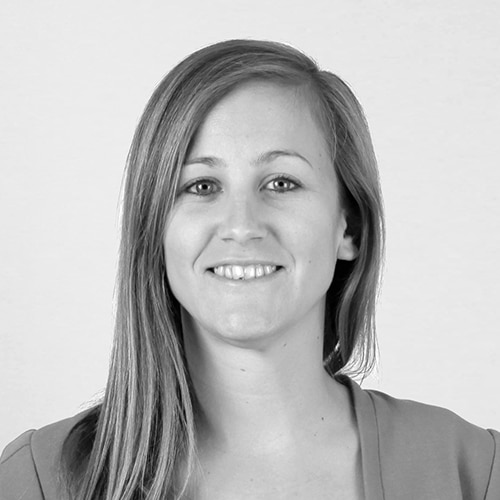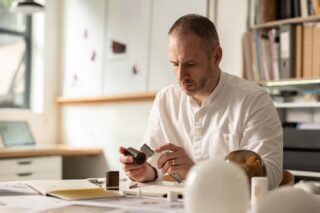Fernanda Canales discusses social housing projects, sustainable materials, and the need for interdisciplinary perspectives in the field in an exclusive interview during the European Collective Housing Awards Ceremony.
Fernanda Canales, an influential architect and academic, holds a PhD in Architecture from the Escuela Técnica Superior de Arquitectura de Madrid, an MA from the Universidad Politécnica de Cataluña, and a BA from Universidad Iberoamericana in Mexico City. Celebrated for her innovative designs and research, Canales has received numerous accolades including recognition by The New York Times as one of the 10 female leaders transforming the landscape of architecture.
As a distinguished educator at institutions such as Harvard, Princeton, and Yale, and a prolific author, Canales continues to shape the future of architecture with her commitment to sustainability, social impact, and architectural excellence. We sit down with Canales during the European Collective Housing Awards Ceremony to discuss her work and the social housing dilemma.
ArchiExpo e-Magazine: As a recipient of the Emerging Voices Award from The Architectural League of New York, how has this recognition influenced your career and approach to architecture?
Fernanda Canales: In Mexico, people do not look at anybody who’s not initially recognized abroad, especially if you’re a woman. Having this recognition from an important institution in New York made the local scene consider me, and it has happened to all of the other winners. It’s a first step toward not only international recognition but also local Mexican recognition. I have been participating as well in recent years as a jury member and in different activities organized by the Architect League. It has helped me see how new firms are being part of the main discussions and how new themes are being introduced into the profession. and how the architectural profession can expand through themes such as diversity, geographies, and alternative ways of using materials.
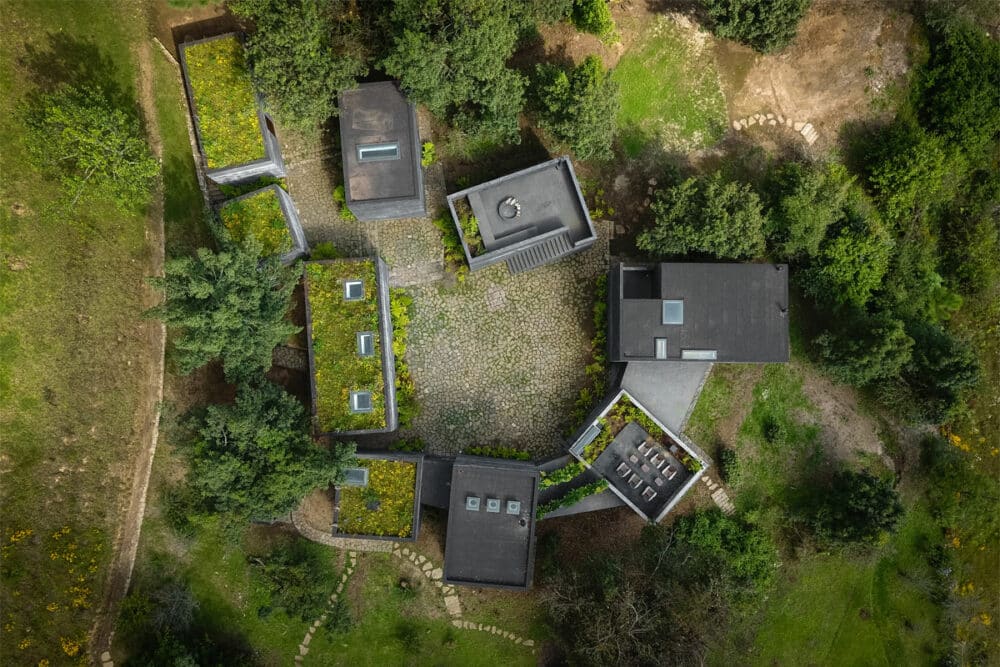
ArchiExpo e-Magazine: Are there any new materials that stand out to you?
Fernanda Canales: Although it’s frequently forgotten, Mexico is part of North America. We’re situated in a common territory with the US and Canada, yet there’s a strong division in terms not only of language and culture but also of economy and politics. It makes us aware of how materials are considered in a place that’s very near to us geographically, but sometimes very far in terms of economies and culture.
Judging the sustainability of a material should not be based solely on the perception of what is sustainable but rather on the bigger scope of what sustainability means ecologically and socially. The three countries involved in the Architectural League Prize have different perspectives. For the US audience, when discussing how to use specific materials, it can surprise them to learn how we consider implementing the materials we have in hand. What one considers sustainable, another considers the opposite. In Europe and the US, wood is considered a sustainable material. In Mexico, wood manufacturing doesn’t go through any regulations and is not certified. In fact, it’s part of the drug dealing industry. Also, we associate building done with concrete as a very industrialized and polluting system with a big truck transporting the material from far away. In Mexico, concrete often comes from very small bags that are carried locally, and are produced in the rural communities, which is where bringing any other material would be very difficult, expensive, or polluting.
The definitions of greenness, of politically correct materials for ecology considerations, are completely different depending on who’s building the material, how it’s being built, what the effects are in the community, and how far it needs to travel to get to the construction site.
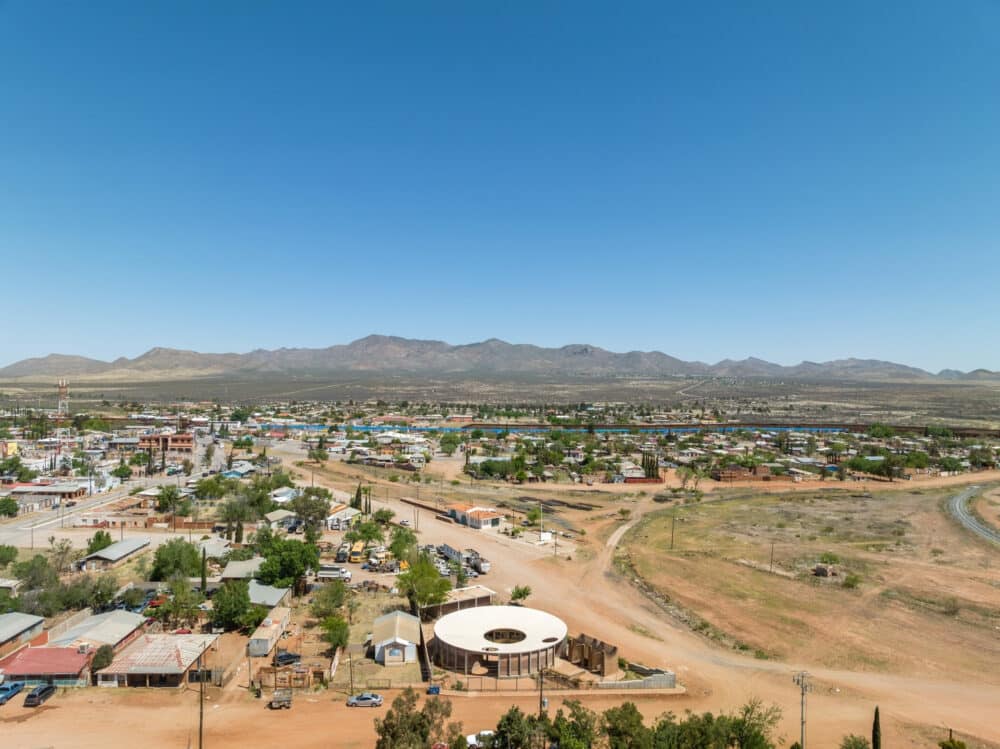
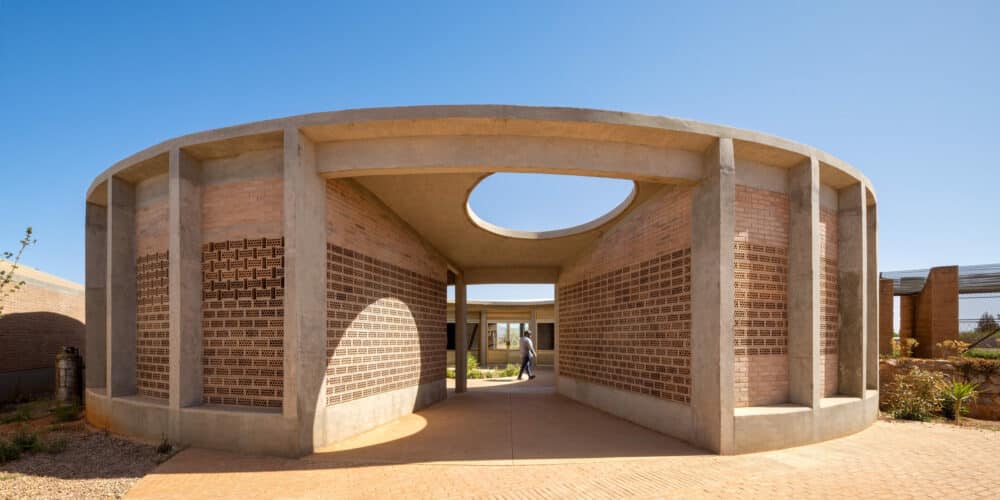
READ how Cemex provided lower-carbon concrete for sustainable airport terminal in Mexico and how ECOPact green concrete saved 30% CO2 in 12 housing developments in Mexico.
ArchiExpo e-Magazine: Having taught at prestigious institutions like Harvard, Princeton, and Yale, how do you perceive the role of education in shaping future architects to address contemporary challenges?
Fernanda Canales: I’ve been involved in teaching for the past 25 years in Barcelona as well, in the Politecnico of Milan, and obviously in Mexico. The experience of jumping and having a glimpse of different methodologies and different educational priorities has been enriching. The academy can be quite disconnected from reality. In the US, that happens a lot, especially in Ivy League universities. But in Europe, it’s very anchored in the everyday reality. In urban planning, it has more technological, anthropological, and even social components.
ArchiExpo e-Magazine: Can you tell us about a recent social housing project you worked on?
Fernanda Canales: In 2023, I concluded the seven social projects in the border cities of Naco and Agua Prieta in the Sonoran Desert and the bordering cities of Mexico and the United States in the most marginalized communities, the poorest areas, or with more violence. It’s a part of a federal government initiative. There’s a library, a sports center, a center for the elderly, a community center, a marketplace, and different programs trying to inject public space in cities or towns that have no public space until now. El Pais selected one of the buildings as one of the best buildings last year.

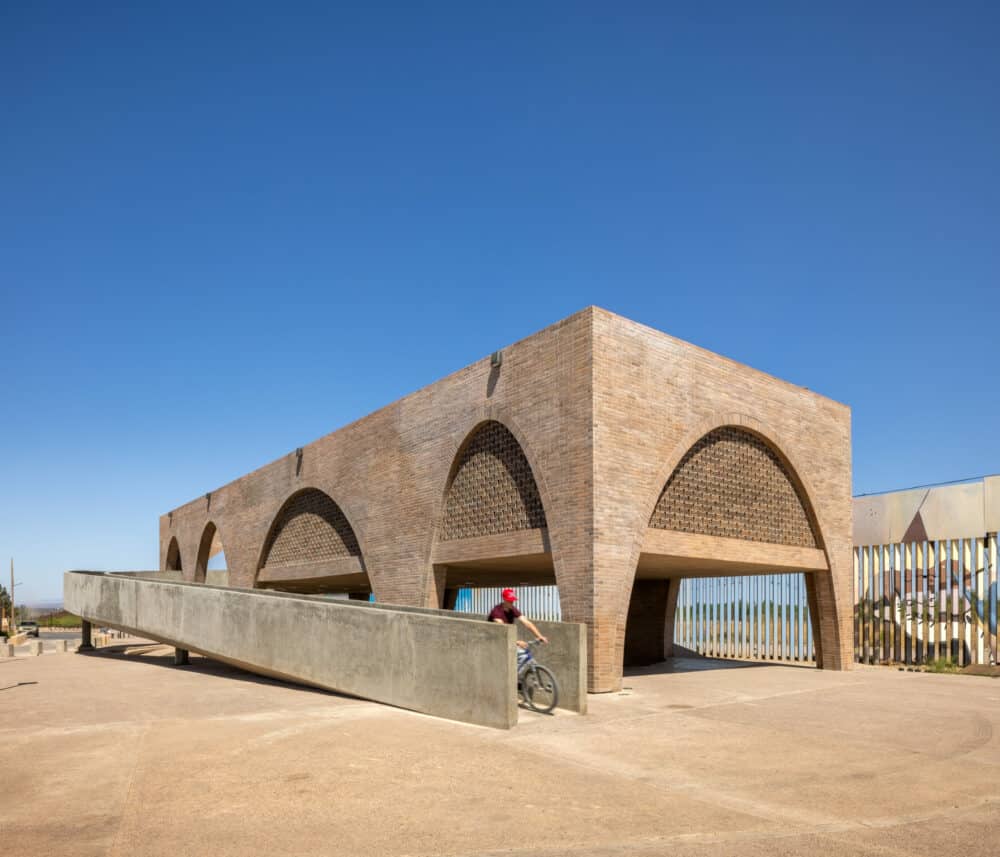
ArchiExpo e-Magazine: What words of wisdom can you offer other women in the industry?
Fernanda Canales: Encouragement or inspiration is something that I need daily. It helps at any age and any level. It’s a way of opening windows and generating more ideas on how to solve the incongruences or difficulties we might face every day. While I don’t want to make it a gender issue, it’s important to include voices that have not been heard or those with no clear route or direction to think about important things. These are issues nobody pays us to address, nobody seems to care about, or haven’t been mainstream until now. They are not the standardized, official ways of being an architect or working in real life.
If we have more examples, ideas, and inspiration on how to be different things at the same time, it would help. This is not only in terms of motherhood or small-scale economies that were not part of the most recognized architectures in the past decades, but also in various geographies and other contexts. We should include a broader scope of the unheard and the unspoken.
We rarely visit and try to identify all the countries in Africa, for example. There are many amazing architects, but we only hear about a few. The important thing is to find other ways to be an architect, beyond the male figure dressed in black or the star system architect. It includes doing exhibitions, writing, teaching, activism, working with communities in other ways, and inventing new methods or material uses, incorporating transdisciplinary.
We often view interdisciplinarity through the lens of an architecture firm that includes landscape architects or acoustic specialists as consultants. However, for me, true interdisciplinarity involves having people who work with textiles, ceramics, writing, or curatorial projects as part of the architectural profession. We should not understand the role of an architect as a single path.
